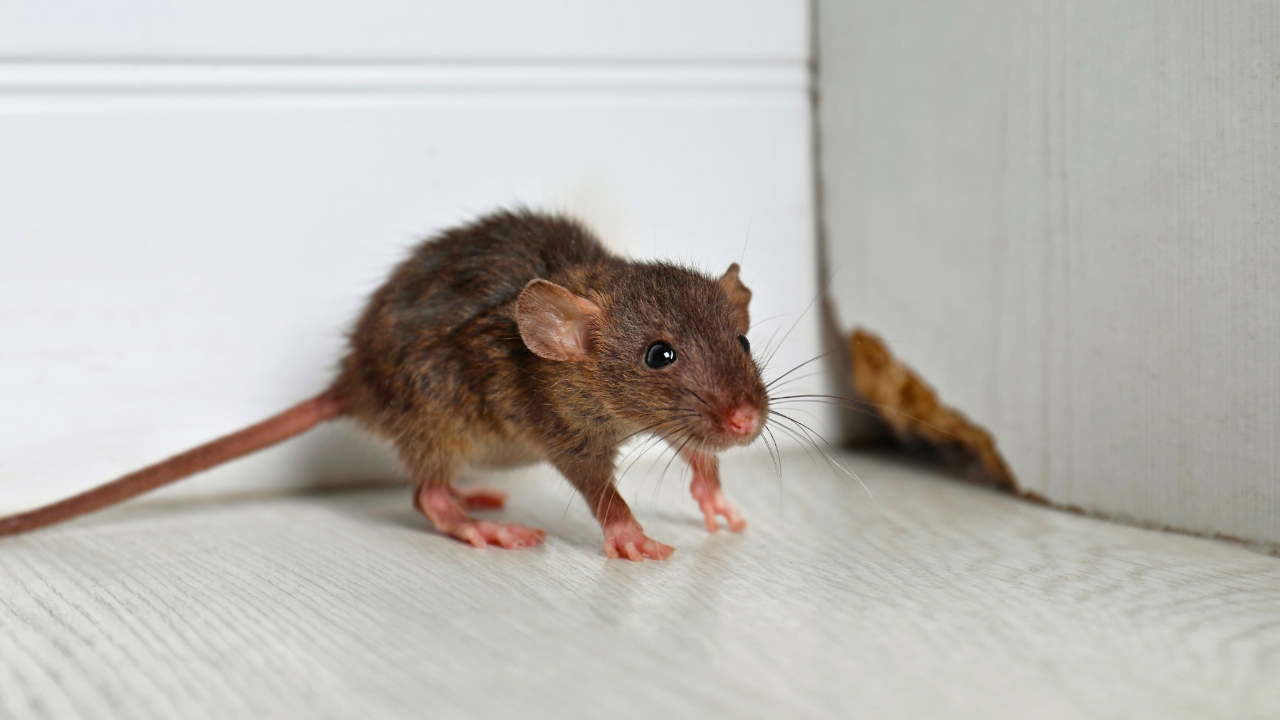9 Ways You’re Making a Mouse Problem Worse
If you’re seeing mice—or even signs of them—it means they’ve already found something they like. And while you might be setting traps or bait, there are a few habits that might be working against you. Here’s how people accidentally make a mouse problem harder to get rid of.
Leaving Food Out Overnight

Even a few crumbs on the counter or food left in a pan can attract mice fast. They’re excellent scavengers and will return to the same food spot night after night.
Cover food, wipe counters, and clean up spills before bed. A tidy kitchen helps cut off their food source.
Storing Food in Cardboard or Thin Plastic
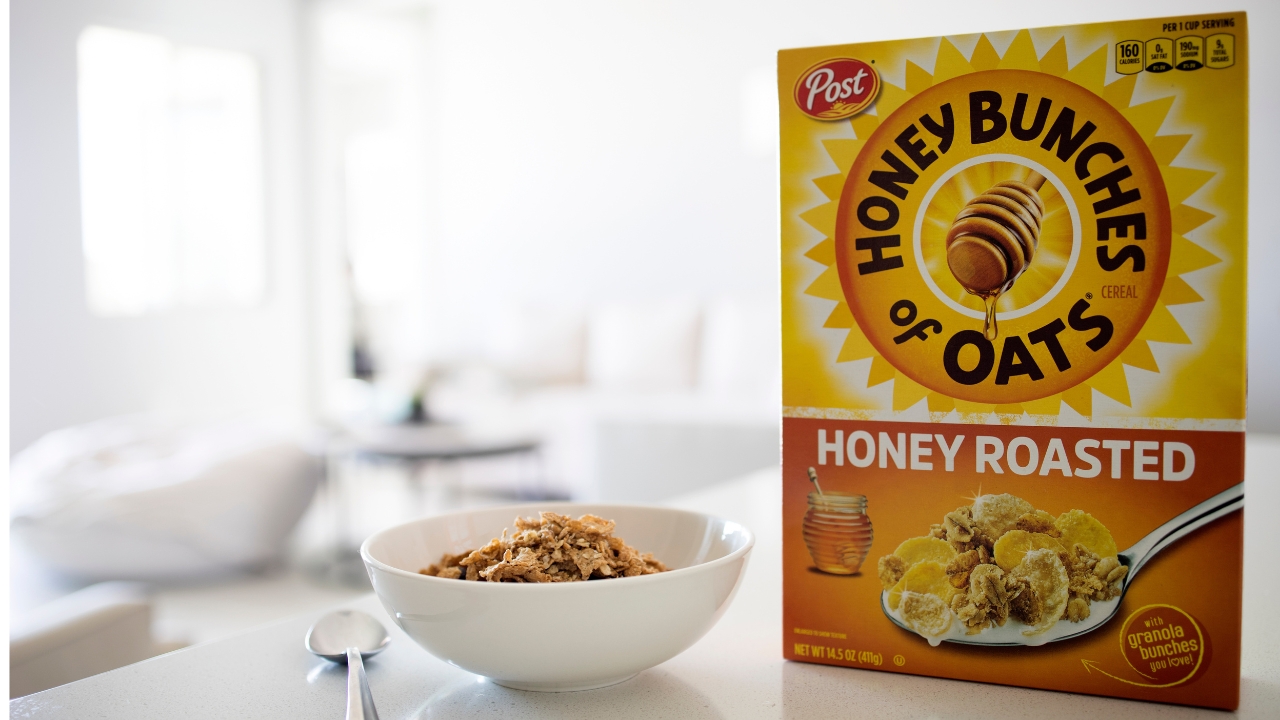
Mice can chew through cereal boxes, snack bags, and even storage containers that aren’t airtight. If your pantry isn’t sealed tight, they’ll make themselves at home.
Use thick plastic or glass containers with locking lids. Keep everything off the floor and organized.
Skipping the Trash Can Lid

An open trash can is an easy buffet. Even if it’s mostly packaging or scraps, mice will dig through and find something.
Use trash cans with tight lids and empty them regularly. If your can smells, clean it with soap and water—it’s probably drawing them in.
Using Old Peanut Butter in Traps

Traps baited with stale or scentless bait don’t work well. Mice are smart—they’ll avoid anything that doesn’t smell fresh or seems suspicious.
Swap out bait every few days. Peanut butter, sunflower seeds, or even a tiny piece of bacon work better than the store-bought stuff.
Only Setting One Trap
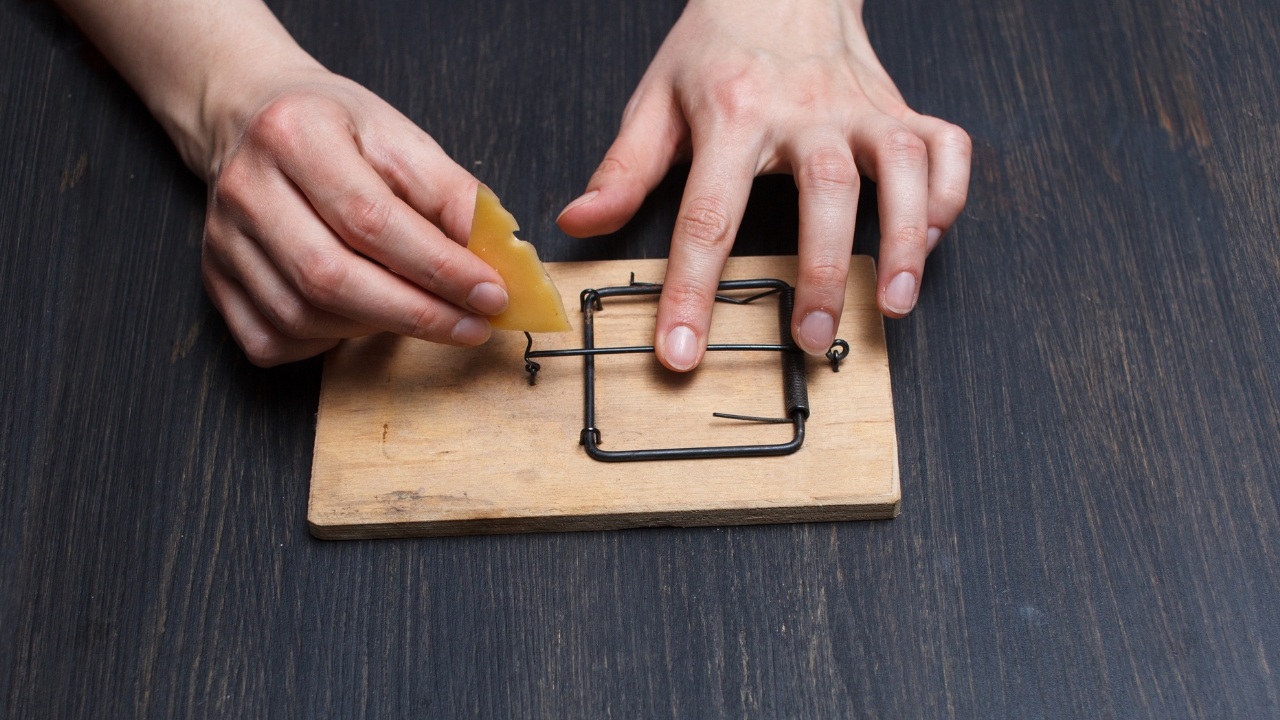
Mice don’t travel alone. If you see one, there are likely more hiding nearby. One trap won’t solve the problem.
Place multiple traps along walls and in corners where droppings show up. You need a broader approach to get results.
Blocking Holes Before They’re Gone
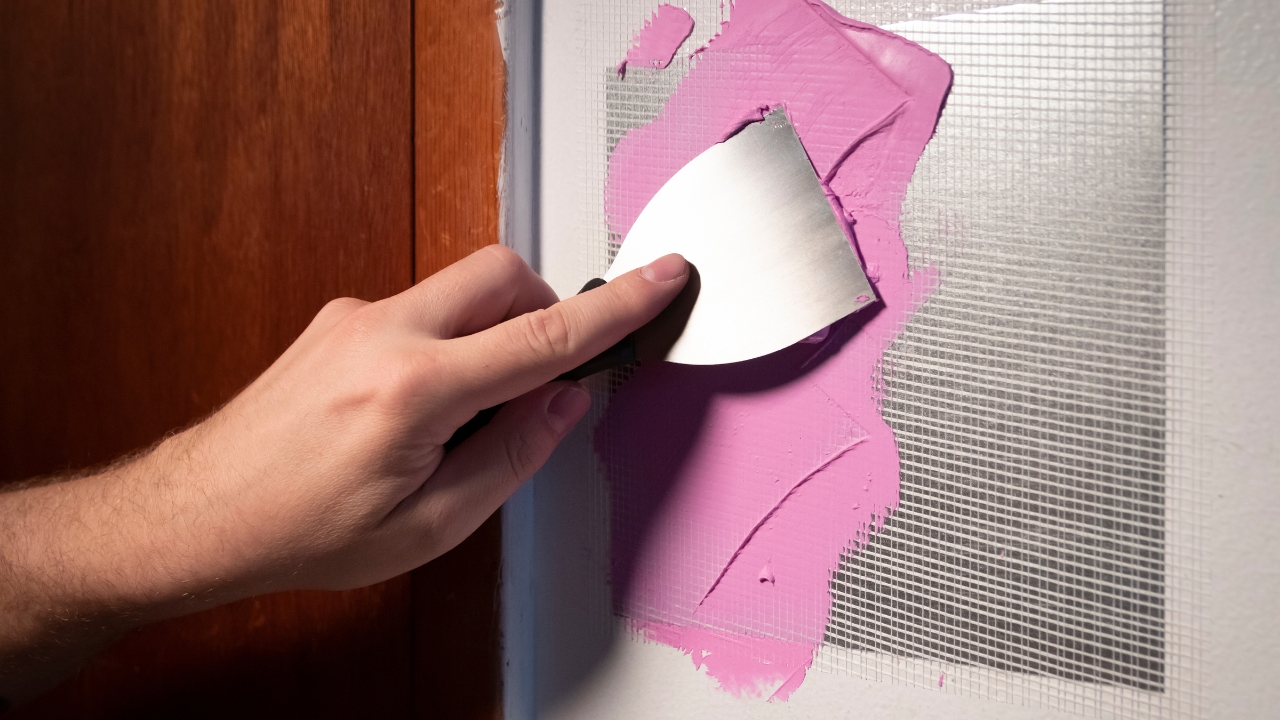
If you seal off their entry before making sure they’re out, you trap them inside—and they’ll chew through anything to get back out.
Trap first, then seal. Give it a few days with no signs before closing up holes. That order matters more than people think.
Leaving Pet Food Out Overnight
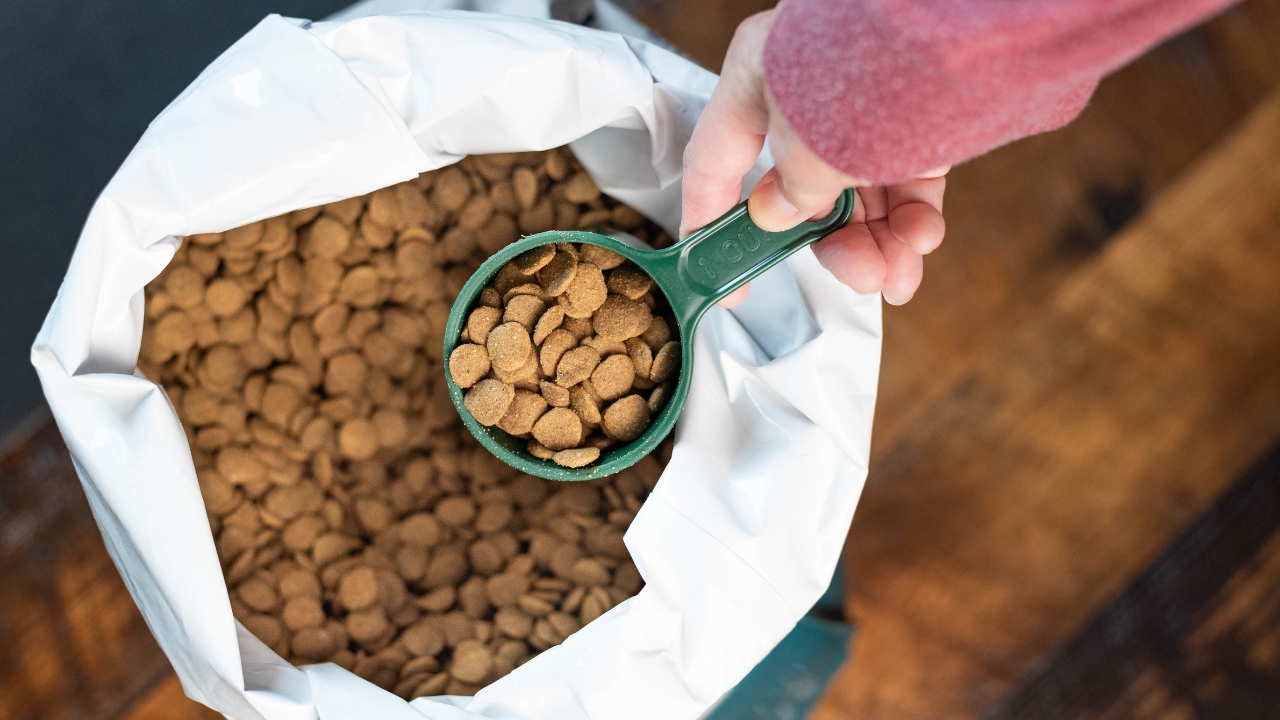
Pet food is high-protein, easy to access, and often left out all night. Mice love it. They’ll stash kibble behind appliances or under cabinets.
Feed pets on a schedule and store food in sealed bins. Pick up uneaten food at night if mice are a problem.
Letting Clutter Build Up

Stacks of paper, boxes, and bags give mice perfect places to nest. If you’ve got cluttered corners, they’ll move in quickly.
Declutter storage areas, sweep out closets, and keep things up off the floor. Open space makes them easier to spot—and gives them fewer places to hide.
Skipping Weekly Checks
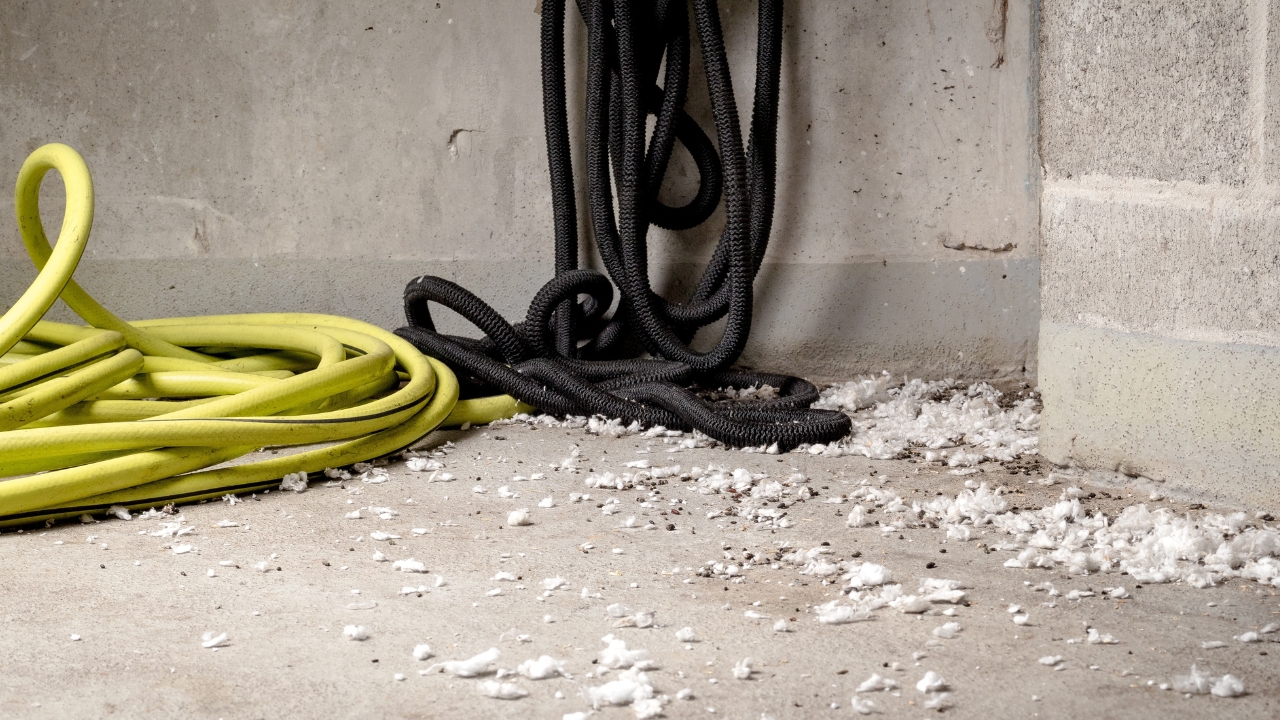
Mouse signs pop up fast. If you’re not checking regularly, you miss the early signs like droppings, chew marks, or scratching sounds.
Do a quick sweep once a week, especially in garages, pantries, and behind appliances. Catching it early makes a huge difference.
*This article was developed with AI-powered tools and has been carefully reviewed by our editors.

